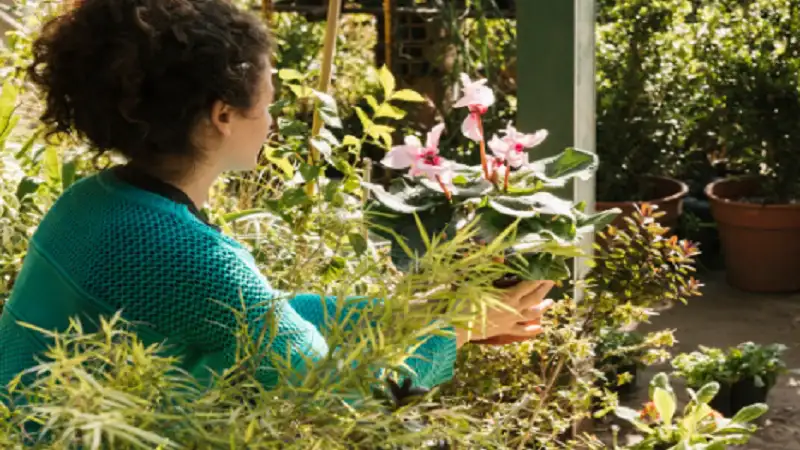The first few weeks after planting are some of the most important for your garden’s success. New plants, whether flowers, shrubs, or vegetables, are adjusting to their environment and building strong root systems. One of the biggest threats during this period is harsh afternoon sunlight, which can quickly stress young plants and stunt growth.
If your garden gets intense afternoon sun, using temporary shade can be the difference between thriving plants and a wilted, struggling garden. Here’s how to give your plants the protection they need while still allowing them to soak up essential light.
Why Afternoon Sun Can Be Harmful
Morning sunlight is generally gentler, giving plants the light they need without extreme heat. Afternoon sun, especially in late spring and summer, comes with higher temperatures and more intense rays. This can:
- Cause leaf scorch and sunburn.
- Dry out the soil faster, leading to dehydration.
- Stress plants before they’ve had a chance to establish strong roots.
Young plants are especially vulnerable because their root systems aren’t yet deep enough to pull water from lower soil layers.
Choosing the Right Temporary Shade
Temporary shade can be as simple or as sophisticated as you need. Here are some effective options:
- Shade cloth – Lightweight fabric available in varying densities to block a percentage of sunlight.
- Garden umbrellas – Quick to set up and move as needed.
- Lattice panels or trellises – Provide partial shade and airflow.
- Row covers – Commonly used in vegetable gardens for both sun and pest protection.
For best results, place shade structures so they block the sun from the hottest part of the day — generally between 1 PM and 4 PM.
Installation Tips for Maximum Effectiveness
When setting up temporary shade, keep these tips in mind:
- Allow for airflow – Stagnant air under a cover can trap heat and make plants hotter.
- Adjust as plants grow – Raise shade structures or reduce coverage as plants mature and can handle more light.
- Anchor securely – Wind can knock over lightweight shade structures, potentially damaging plants.
- Remove in the evening – This lets plants cool naturally and prepares them for morning sun.
For expert guidance on plant health and landscape care, many homeowners turn to professional landscapers north shore for customized solutions.
Watering Strategies Under Shade
Shading your plants can slow evaporation, meaning you might not need to water as frequently. However, always check soil moisture before skipping a watering. The top inch should feel slightly damp — not bone dry or soggy. Deep watering encourages roots to grow downward, helping plants withstand future heat waves.
Long-Term Benefits of Early Protection
Temporary shade isn’t just about survival; it’s an investment in long-term plant health. Plants that are protected in their early weeks:
- Establish stronger root systems.
- Are less susceptible to disease and pest stress.
- Grow more evenly and maintain healthier foliage.
For more information on sustainable gardening practices and plant protection, you can visit the U.S. Department of Agriculture website and search for “gardening” to find practical tips for all climates and regions.
Conclusion
Protecting new plantings from harsh afternoon sun doesn’t have to be complicated. With a few temporary shade solutions, proper installation, and mindful watering, you can help your young plants grow strong and resilient. By giving them the right start, you set the stage for a healthy, vibrant garden that thrives all season long.

